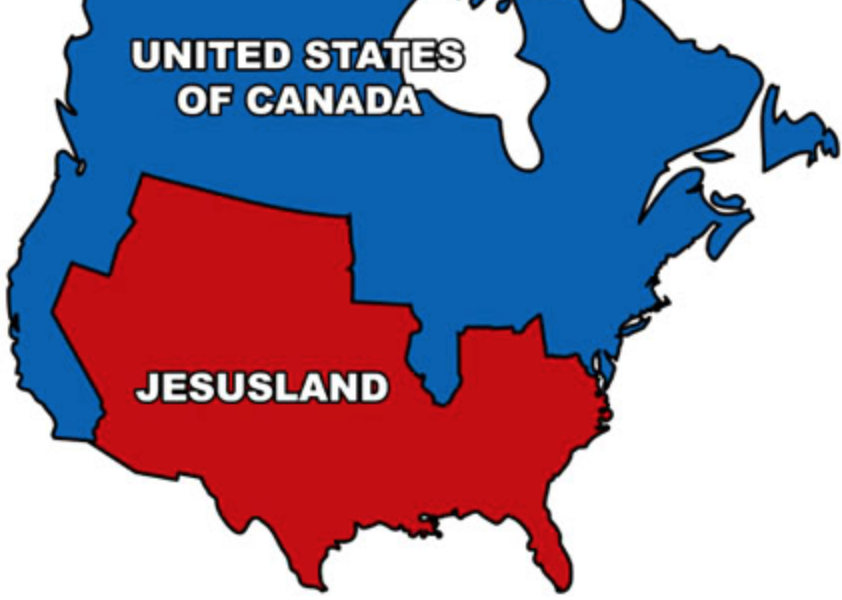Who is listening?
Preachers face that question every weekend and it’s vital for strategizing by religious organizations -- or should be. The Religion Guy has lately been pondering a long-running religion-beat puzzle that possibly warrants some analytical articles, or at least reflection on the part of journalists.
Why do U.S. power-brokers, and journalists themselves, pay little or no heed to ardent pronouncements by the World Council of Churches (WCC) and the National Council of the Churches of Christ in the U.S.A. (NCC)? After all, the WCC says it represents 352 church bodies in 120 countries that encompass 580 million Christians. The NCC reports its 37 American member bodies include more than 30 million members in 100,000 congregations.
Last year, a Religion Guy Memo promoted media attention to the WCC’s upcoming global Assembly in Germany at the start of its 75th anniversary year.
Journalists could not have asked for a stronger news peg. Russia’s bloody invasion of Ukraine was proceeding with hotly disputed blessings from the Moscow leaders of the Russian Orthodox Church, by far the WCC’s largest member body, which created a vast humanitarian crisis for fellow Christians in Ukraine.
(That Memo put special focus on the plight facing Metropolitan Hilarion, the Moscow patriarchate’s well-known ecumenical officer and foreign envoy. There were signals that his views on the invasion were quite different than those of Patriarch Kirill, and was soon abruptly “released from his duties” and reassigned to Hungary. Follow-up, anyone?)
The September Assembly stated that it “denounces this illegal and unjustifiable war” and (without naming Russian Orthodoxy) that delegates “reject any misuse of religious language and authority to justify armed aggression.” The meeting also called for “an immediate ceasefire” and “negotiations to secure a sustainable peace” — though at the time some critics figured that stance would undercut Ukraine’s position.
The situation facing the WCC and its Orthodox members surely counts as news, and still does.










